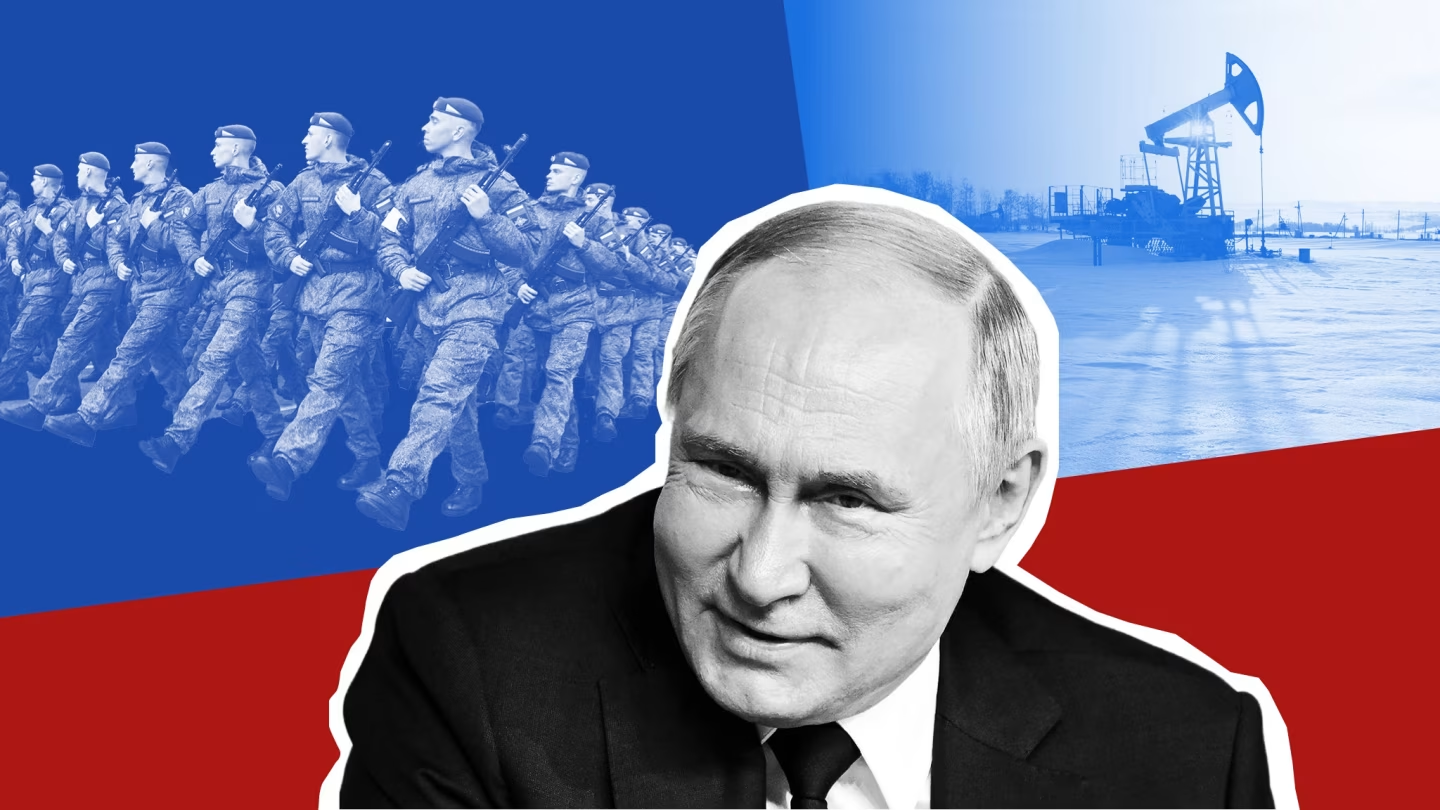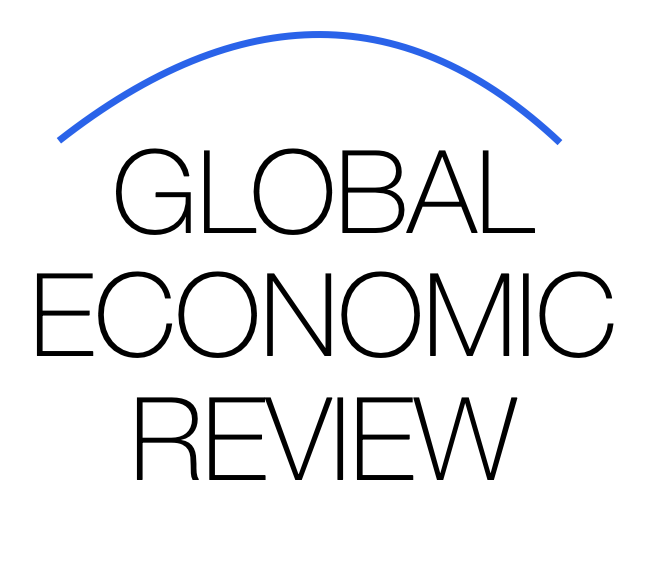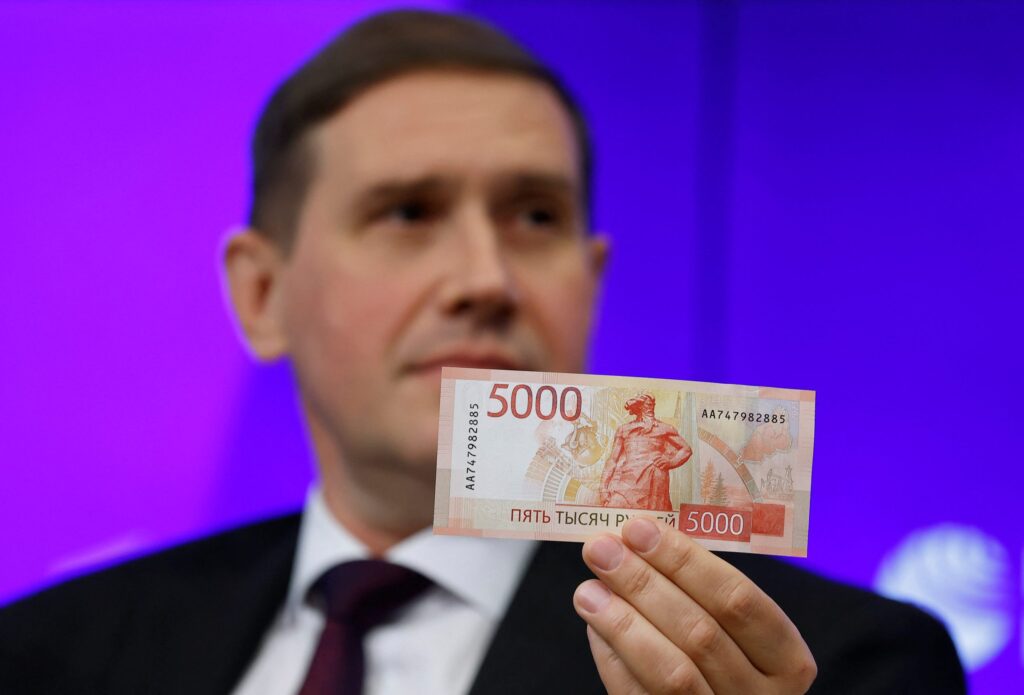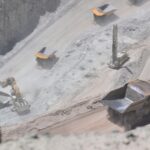Russia’s War Economy: Resilient or Reaching Collapse?

As the war in Ukraine drags into its third year, questions are mounting over the sustainability of Russia’s war-driven economy. Despite heavy international sanctions, the Kremlin has managed to keep its economic engine running—but for how much longer?
A Wartime Surge That Masks Structural Cracks
Russia’s economy, once largely driven by oil and gas exports, has shifted into a full-fledged war economy. Defense spending now accounts for more than 30% of the national budget, with production of tanks, missiles, and ammunition operating at Soviet-era levels. While this military-industrial boost has propped up GDP figures, it masks deeper structural weaknesses.
Many analysts argue that Russia is prioritizing short-term wartime output over long-term stability. Skilled labor is being diverted to defense sectors, and resources are being drained from consumer goods, infrastructure, and innovation. Inflation remains high, the ruble has weakened significantly, and capital flight continues despite currency controls.
Sanctions Bite—But Not Enough Yet
Western sanctions have targeted key sectors like banking, aviation, and technology. Over 1,000 foreign companies have exited Russia, and access to critical components—like semiconductors and advanced machinery—has been severely restricted.
Still, Russia has adapted by turning to countries like China, India, and Turkey for trade. Parallel imports and local substitutions have blunted some of the intended damage. However, the cost of these workarounds is high, with limited efficiency and quality, especially in high-tech sectors.
Human Capital Strain and Economic Isolation
Hundreds of thousands of young Russians have fled the country since the war began, draining the economy of tech talent, entrepreneurs, and skilled professionals. The military draft has also disrupted the labor market, particularly in manufacturing and logistics.
Moreover, Russia’s growing isolation from Western markets and finance has led to stagnation in key sectors like aviation, automotive, and IT. Foreign direct investment has plummeted, and domestic innovation is limited by a lack of global collaboration and access to cutting-edge technology.
Budget Deficits and Long-Term Risks
To fund its war effort, Russia has run large budget deficits, dipping into its sovereign wealth fund and increasing debt issuance. Oil and gas revenues—long the lifeline of the Russian state—have fallen due to price caps, reduced exports to Europe, and increased competition in Asia.
If the war continues, and especially if energy revenues decline further, Russia may face serious fiscal challenges. The longer the conflict drags on, the more difficult it becomes to maintain military spending without cutting civilian services or risking public discontent.
Conclusion: Resilience or Ruin?
Russia’s economy has shown surprising resilience under pressure, but this resilience is not infinite. The country’s wartime pivot has propped up short-term indicators, but at the cost of long-term growth, investment, and innovation. As international isolation deepens and internal strains mount, the question is not whether the Russian economy can survive—but whether it can continue to wage war without eventually breaking under the weight of its own ambitions.


















